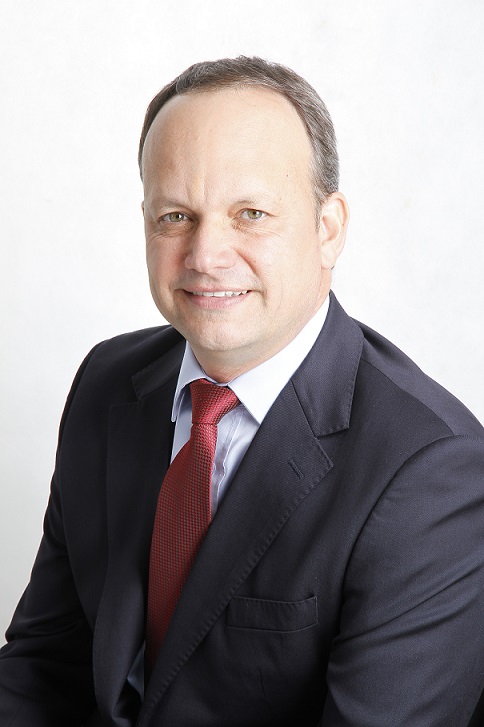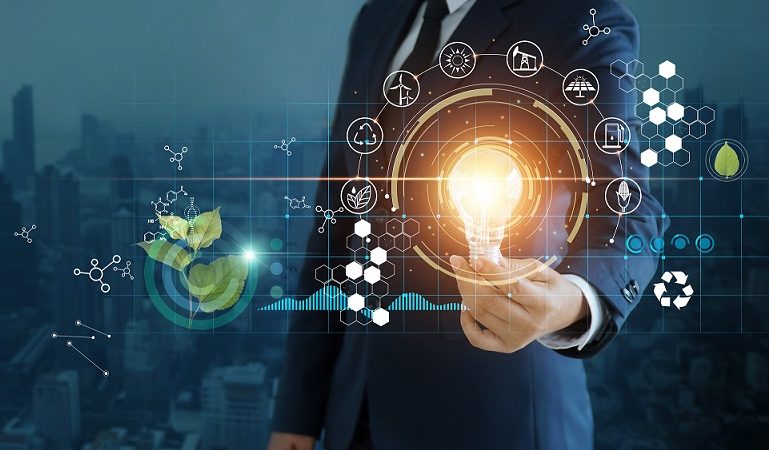Mario Belesi, Director of Solidworks for Latin America at Dassault Systèmes, tells us how technological innovations, such as 3D and Virtual Twins, will be necessary to achieve the objectives and goals of protecting the planet.
With the level of environmental degradation caused by current production models and with consumption reaching a point of no return, it is increasingly clear that we must take urgent measures to prevent drastic climate change and irreversible damage. It´s necessary to act quickly.
That’s the reason why the United Nations Sustainable Development Goals (SDGs) have identified a wide range of goals for companies and governments to achieve by 2030, in a clear urgent appeal to engage them in the protection of the planet.

However, in order to make these challenges doable, the world needs innovations and radically disruptive technologies. After all, the old approaches were not enough to achieve a circular, zero-carbon economy over the past few decades.
It is increasingly more important for manufacturers to seek real ways of transforming their production models, in order to boost sustainability throughout the whole product innovation chain, from the concept to its end-of-life recycling. The future of industry and product development must necessarily take this commitment to a truly sustainable and collaborative system.
In this scenario, we can point out that the 3D simulation and Virtual Twins technologies can be the great levers to create an environment where sustainability and the circular economy can flourish, implementing transformations that both, industry and design, need.
This is due to the fact that these solutions allow the creation of safer test environments for the development of products and for the implementation of innovations with less impact on the environment.
The good news is that these solutions are already available on the market today, with an estimated market of US$5.4 billion, in 2021 – according to reports from the World Economic Forum. This is a great opportunity for innovating, helping companies from different segments to improve the way they grow and operate. Also, according to the forum’s projection, the market for virtual modeling solutions, for example, is expected to grow at a rate of 36% over the next five years.
With a powerful digital development platform, companies are able to accurately predict the properties of materials that have not yet been synthesized or tested based on real-world parameters, simulate and execute virtual models using experimental data, instead of relying on existing models or mathematical equations, in addition to developing specific processes and systems to reduce impacts on the planet.
By creating a virtual twin of their production lines, Brazilian manufacturers can optimize the workflow, improve the manufacturing process and identify potential bottlenecks that may eventually occur during production, even before starting to produce a product. From a technical point of view, another benefit is that the 3D model is capable of reproducing all the characteristics and parameters of the real world, which means being able to evaluate and measure all stages of the useful life of materials, thus improving production, classification, recycling and elements reuse – something fundamental in today’s world.
As a result, the three-dimensional collaboration and experience platforms should be seen as the critical differentiator that can help Brazilian industry to translate its sustainability efforts into tangible, measurable and effective results, generating value for the country.
This technology can also reduce the flow of electronic waste and provide more sustainable products. For this challenge, manufacturers can count on an integrated platform to create and explore a virtual twin almost identical to the physical world. A platform that integrates the entire product life cycle will help manufacturers adhere to regulatory compliance, allowing smart material choices, increasing collaboration, traceability of materials and gaining scalability to increase performance.
It is worth mentioning that, through virtual simulation technology, Brazil will be able to design devices to improve several aspects of its products and services life cycles. They are able to quickly assess and increase the durability and reuse characteristics of materials, executing their virtual twin within a wide range of configurations that create assembly and disassembly processes, resistance tests and the possibility of using new raw materials, among others.
Digital platforms also enable greater manageability, allowing manufacturers to access product information, including making comparisons on the decomposition of components and the best use of substances. Manufacturers can compare data and quickly adjust new products to standards in different countries around the world.
The future of industry and design, therefore, is directly linked to the virtual experience. Fully modeling value chains, virtual twins and simulation in three dimensions can improve the sustainability of the planet, managing the entire life cycle of products and services – from project design to reuse – and minimizing the use of material during the manufacturing process in different industry segments.
Reaching a higher level of sustainability will require a new capacity of interaction between companies and their entire production ecosystem. It will also require more transparency and predictability to anticipate the development of the products, from the conception of the projects to the reverse logistics after the useful life of the parts. Certainly, this is a journey that will require disruptive innovations, such as simulation in three dimensions and the use of cutting-edge technology. Therefore, Brazil will have all the conditions to return to compete with prominence in the global scenario.
Click below to share this article

